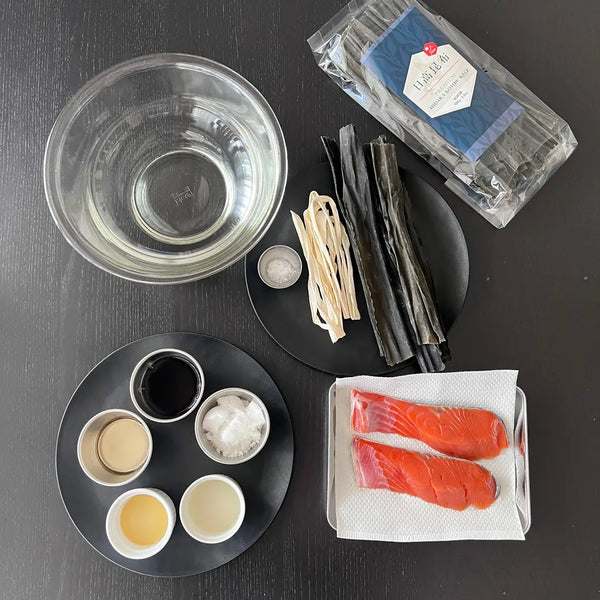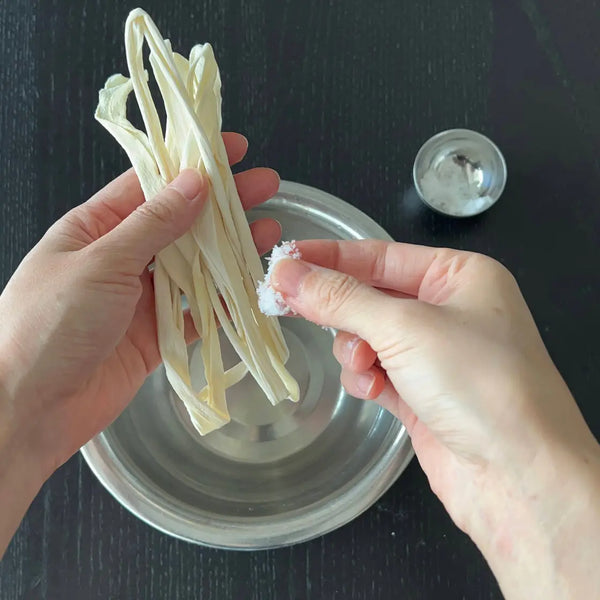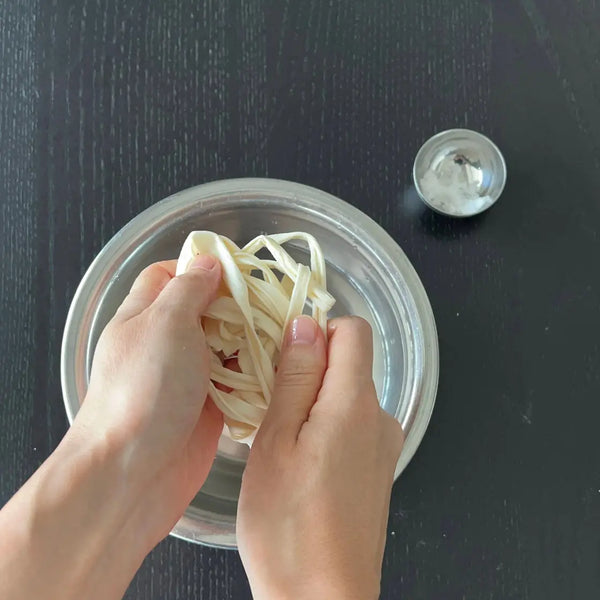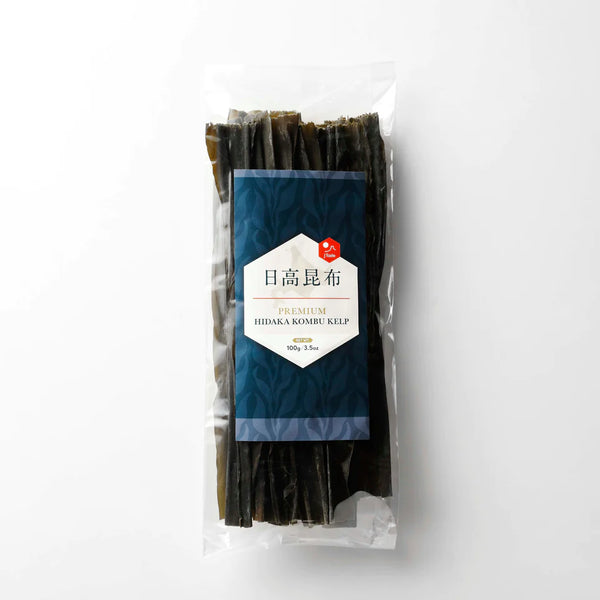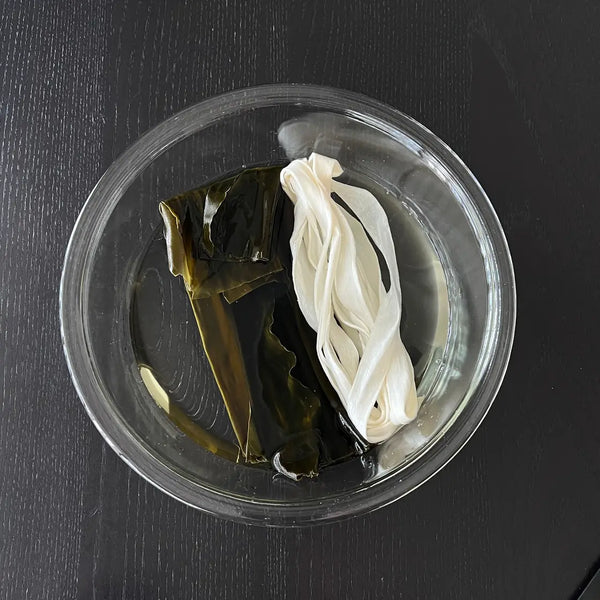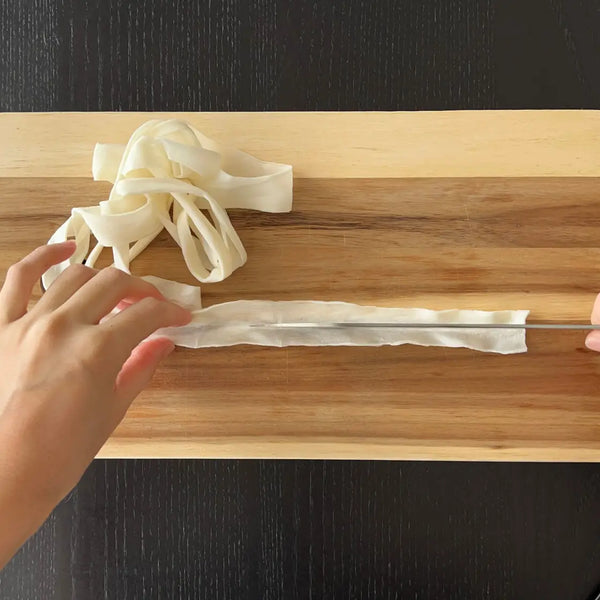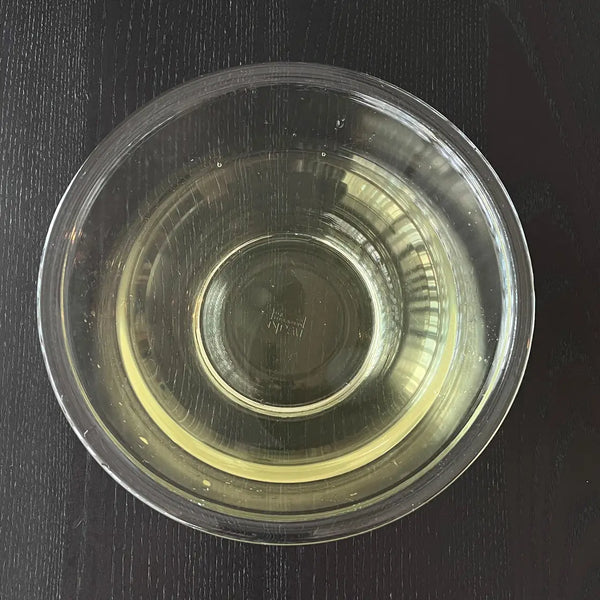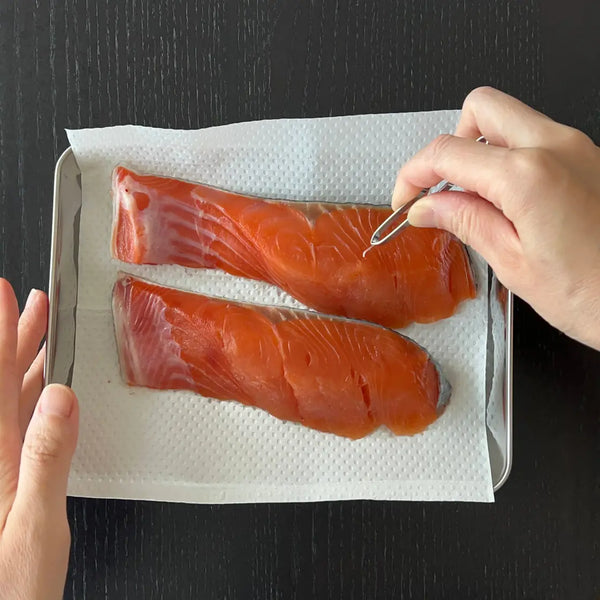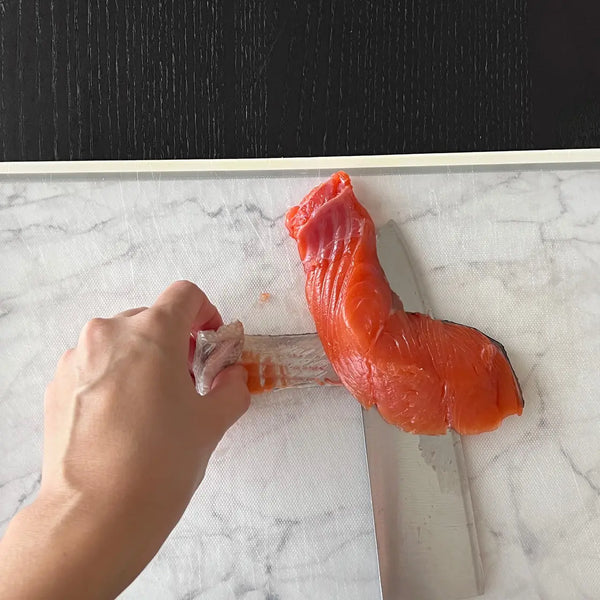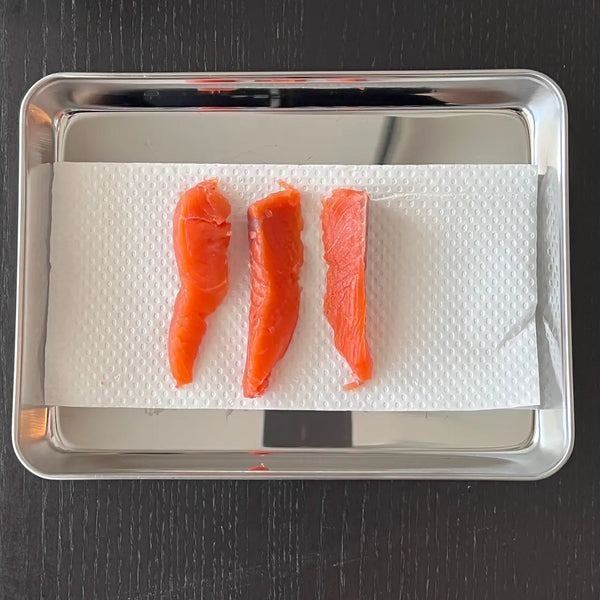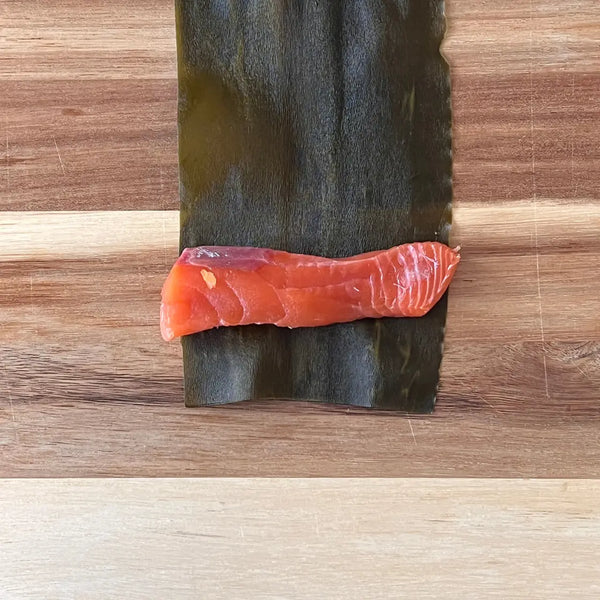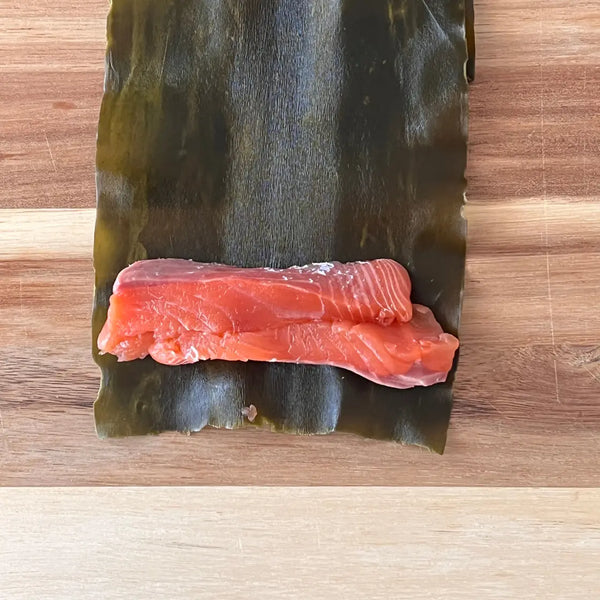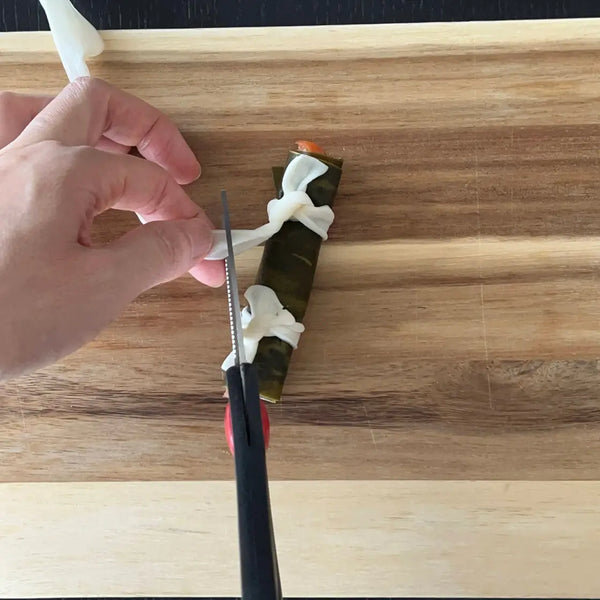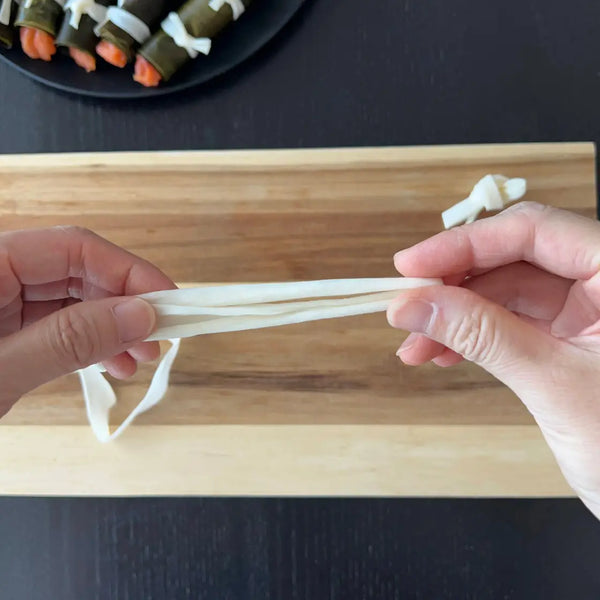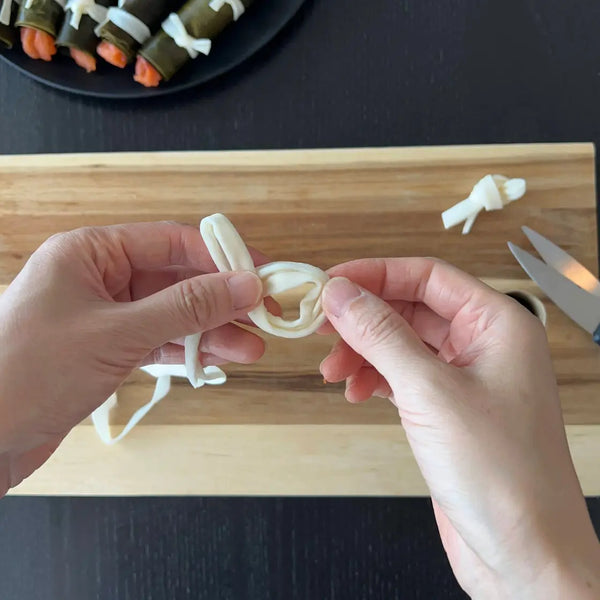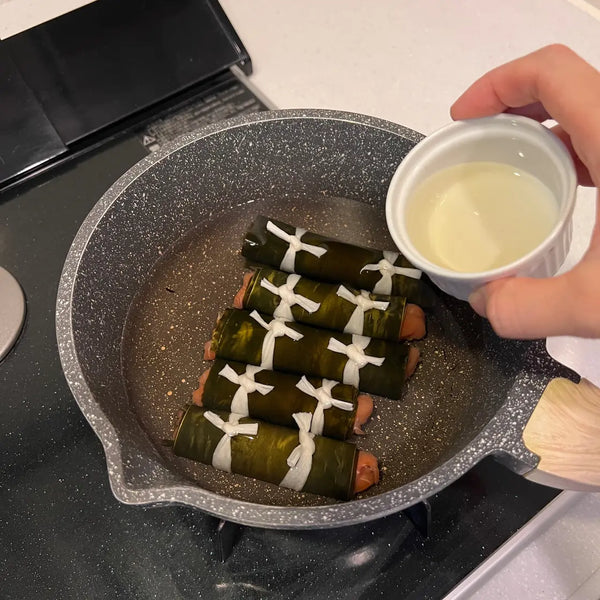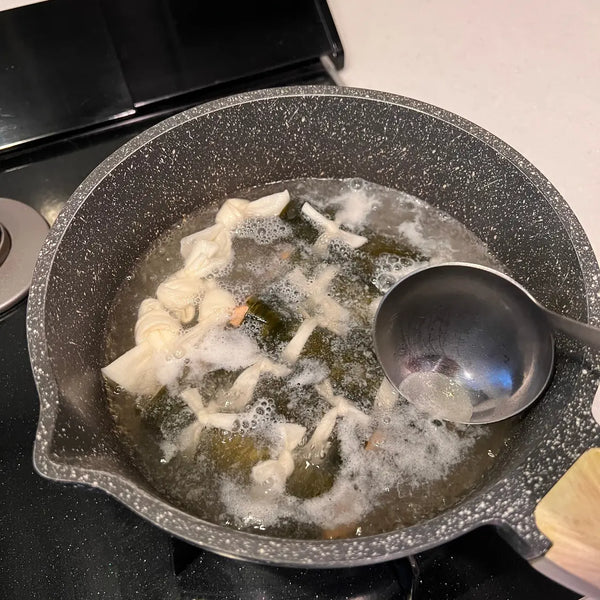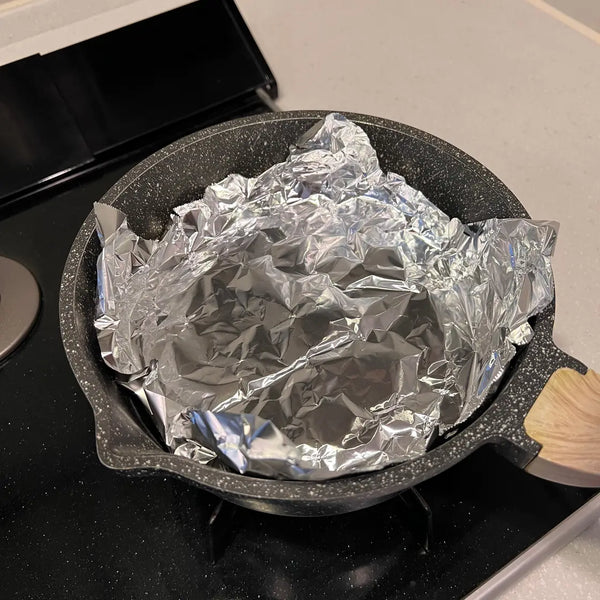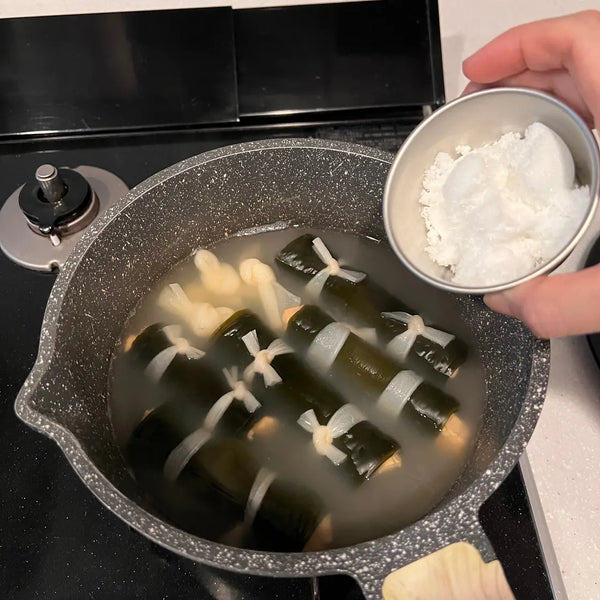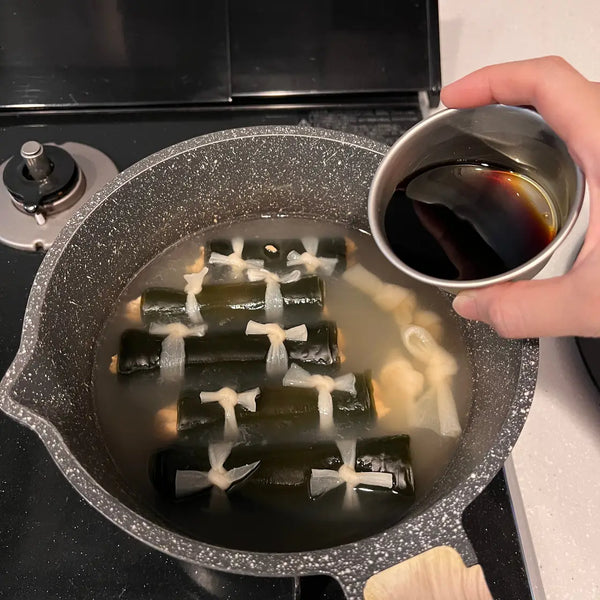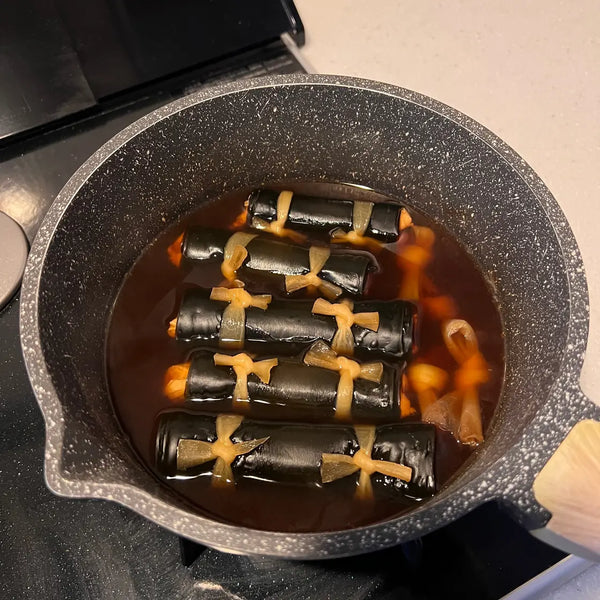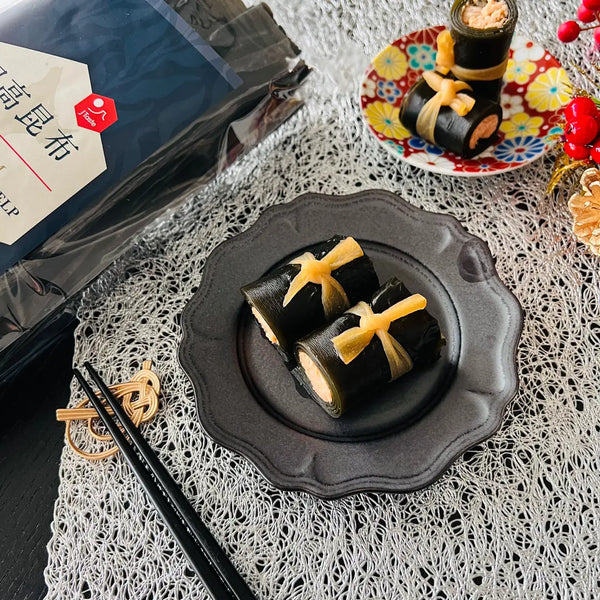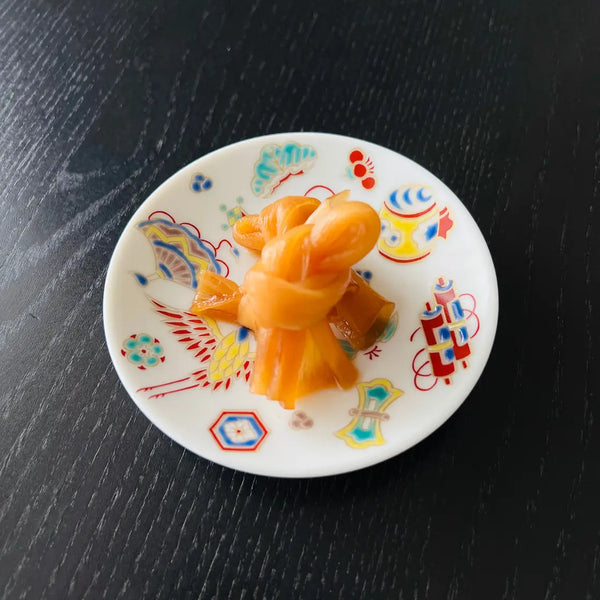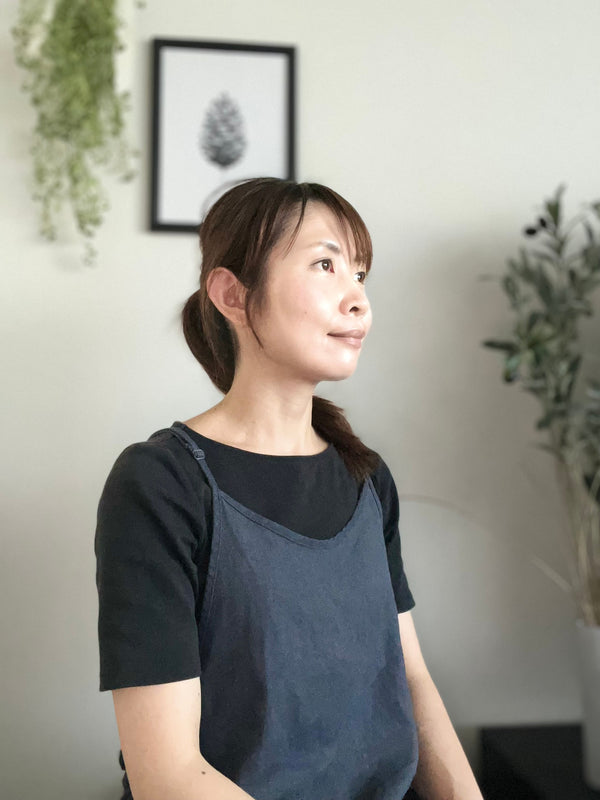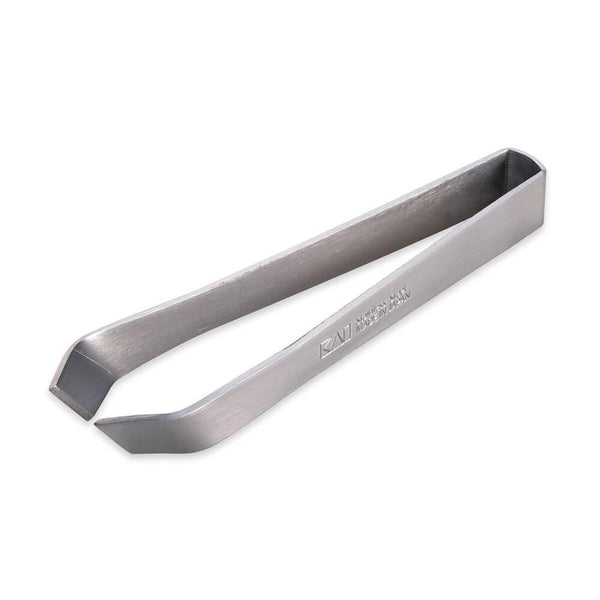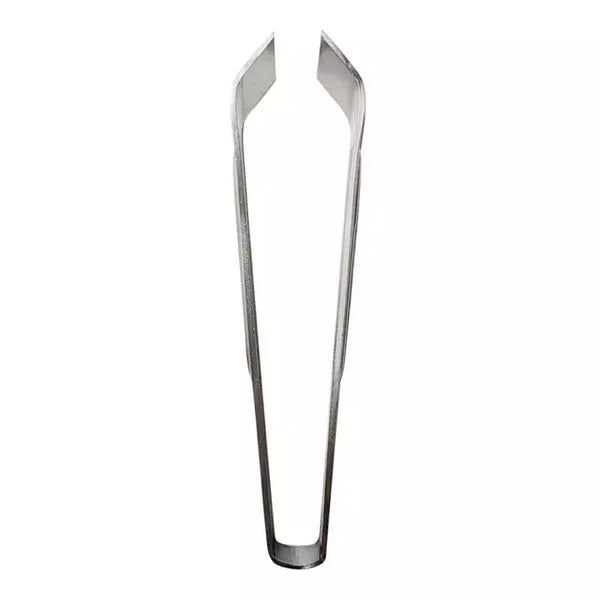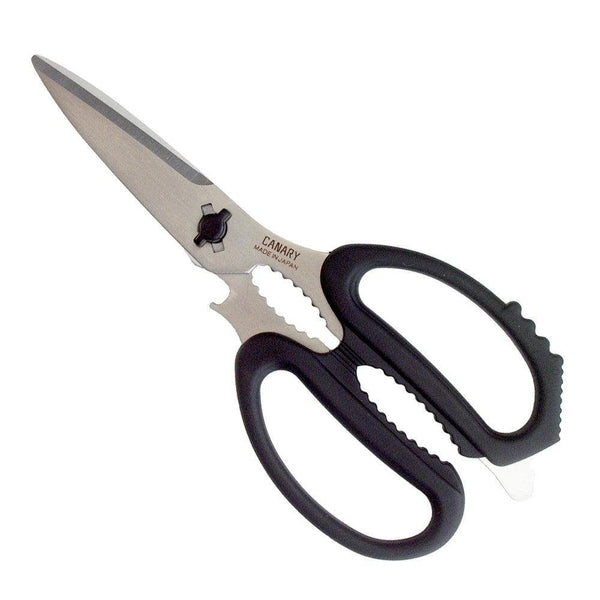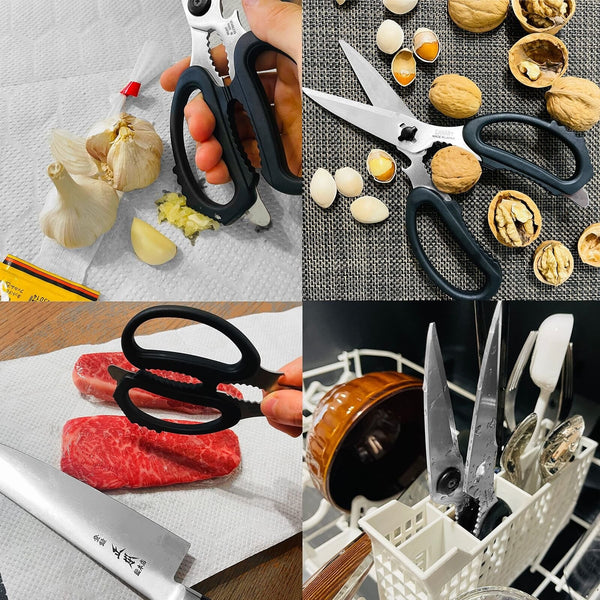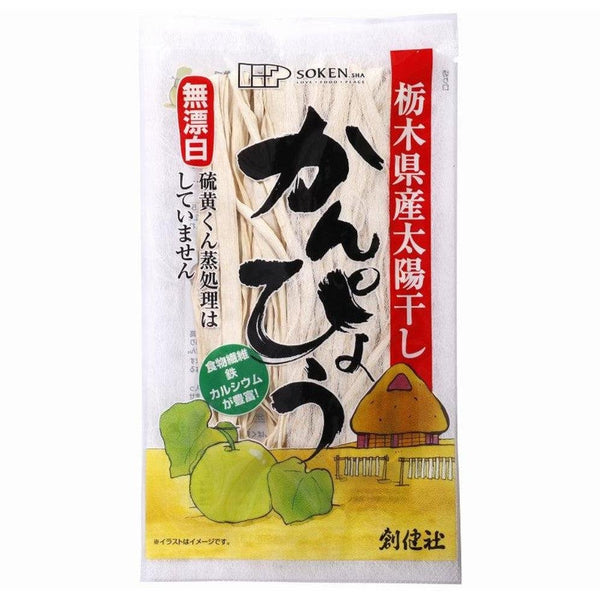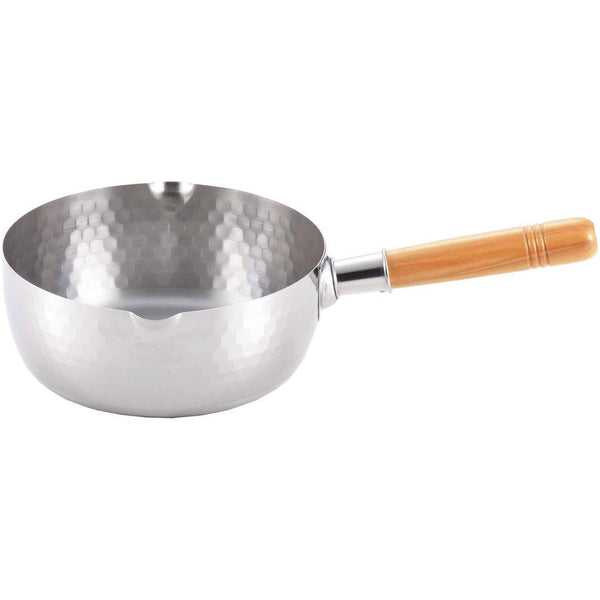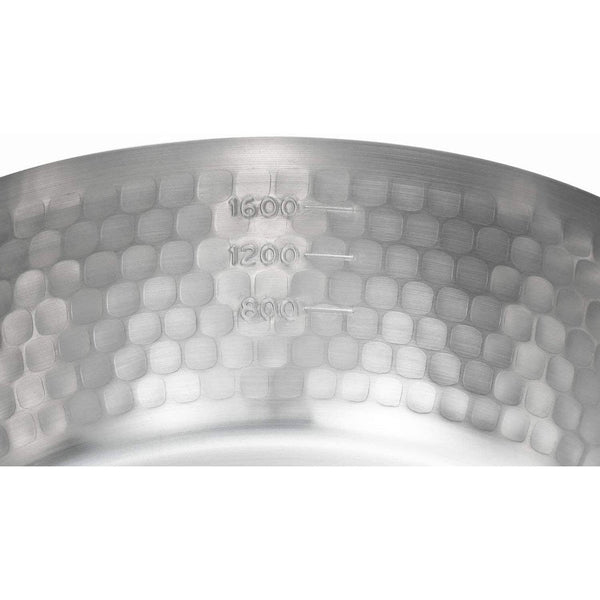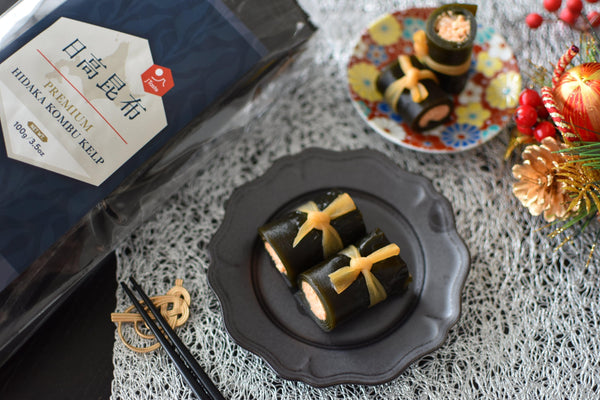
Are you consuming enough seaweed daily? If not, why not consider preparing a delightful dish known as the "Kombu Salmon Roll" for your everyday meals?
Kombu, a type of kelp, is renowned for its crucial role in making Dashi (soup stock). However, in Japanese cuisine, Kombu is also enjoyed in various forms such as "Tsukudani" (Kombu simmered in sweetened soy sauce) and "Oden" (a Japanese stew). One of the most well-known Kombu dishes we would like to introduce in this recipe is the "Kombu Roll."
The Kombu roll is crafted using Kombu, fish, and Kanpyo (dried gourd strips). The fish is wrapped with Kombu and secured with Kanpyo. The Kombu roll is then simmered in a soy sauce-based seasoning, allowing you to savor the Umami flavor of Kombu and fish infused with the savory taste of soy sauce.
Traditionally, Kombu rolls are prepared for Osechi, a traditional Japanese New Year's dish. Herring is commonly used for Kombu rolls during Osechi, as it is considered an auspicious ingredient. However, for this recipe, we will be using salmon, a readily available and commonly used ingredient for Kombu rolls in supermarkets.
In Japan, autumn is the ideal season to relish salmon. During this time, as salmon return to the rivers to spawn, their meat is lean yet exceptionally flavorful. Japanese refer to this season's salmon as "Aki-zake" or autumn salmon, making it the perfect time to try the Kombu Salmon Roll!
Returning to the topic of Osechi, each Osechi dish carries its unique symbolic meaning.
Regarding the Kombu Roll, it is believed that the word "Kombu" rhymes with "Yorokobu" (meaning happiness). Additionally, Kombu is thought to symbolize fertility and family prosperity due to its phonetic association in Kanji characters. Hence, Kombu rolls are a favored addition to Osechi.
When preparing Kombu rolls, it's important to note that there are different varieties of Kombu, such as Ma-kombu, Rausu-kombu, and Rishiri-kombu. For Kombu rolls, "Hidaka Kombu", known for its soft texture and minimal fiber is typically preferred.
In this recipe, we will be using "Hidaka Kombu." With this type of Kombu, you can create soft and flavorful Kombu rolls. This Kombu variety complements dishes like Kombu rolls, Oden, and is, of course, perfect for making Dashi soup stock. Enjoy preparing delectable Kombu dishes with this exceptional Kombu variety!

